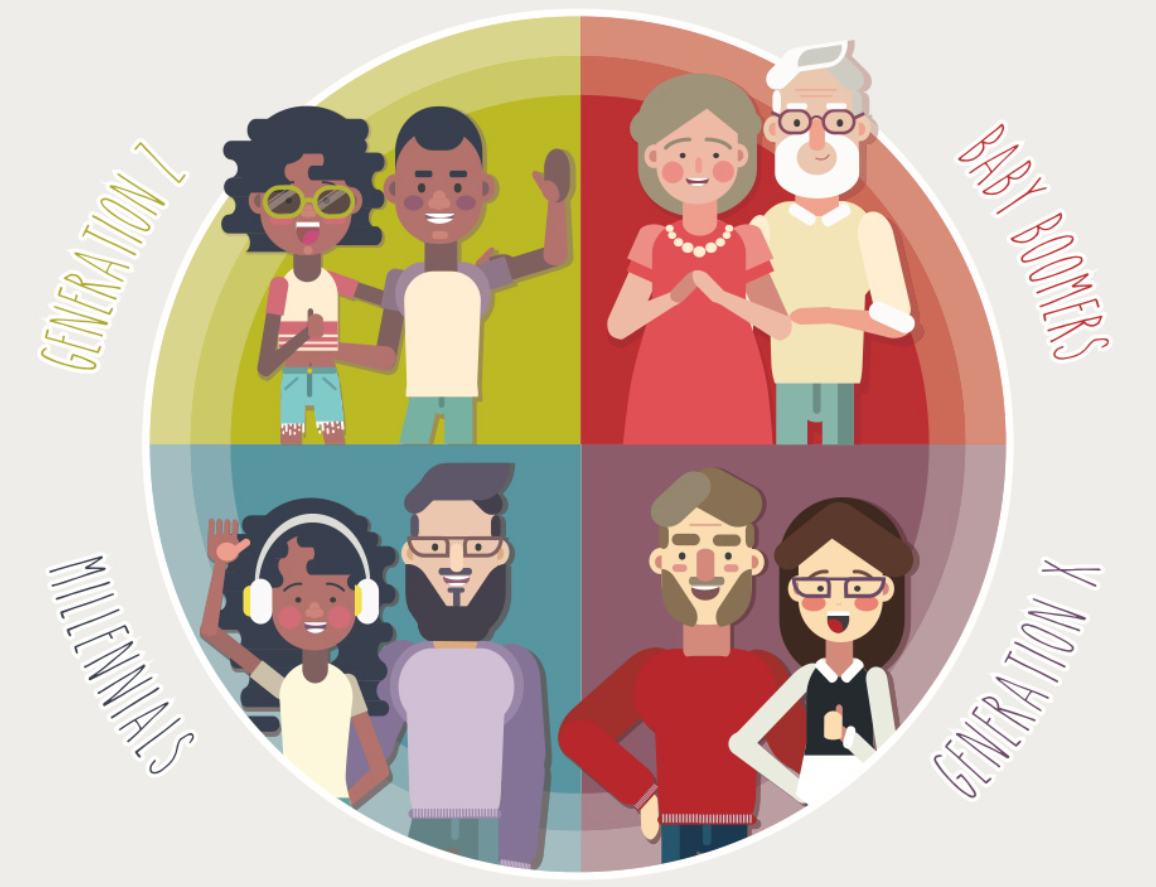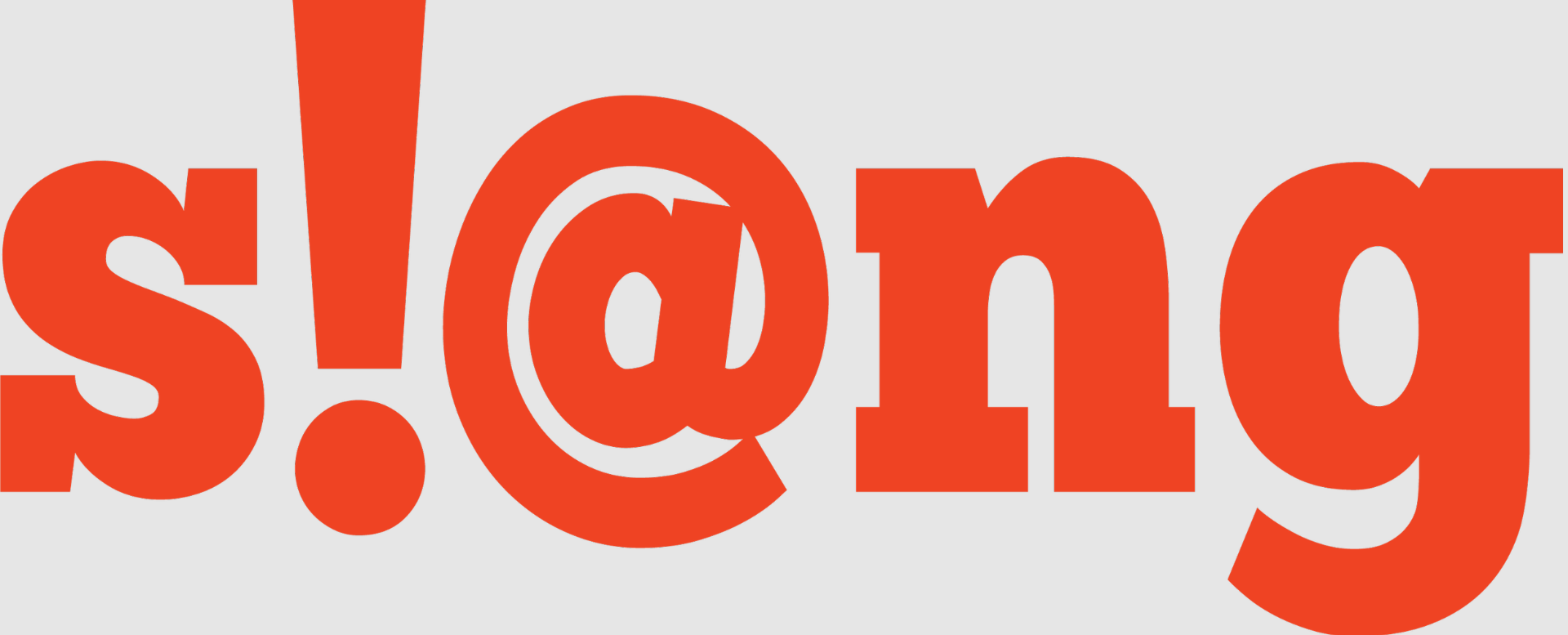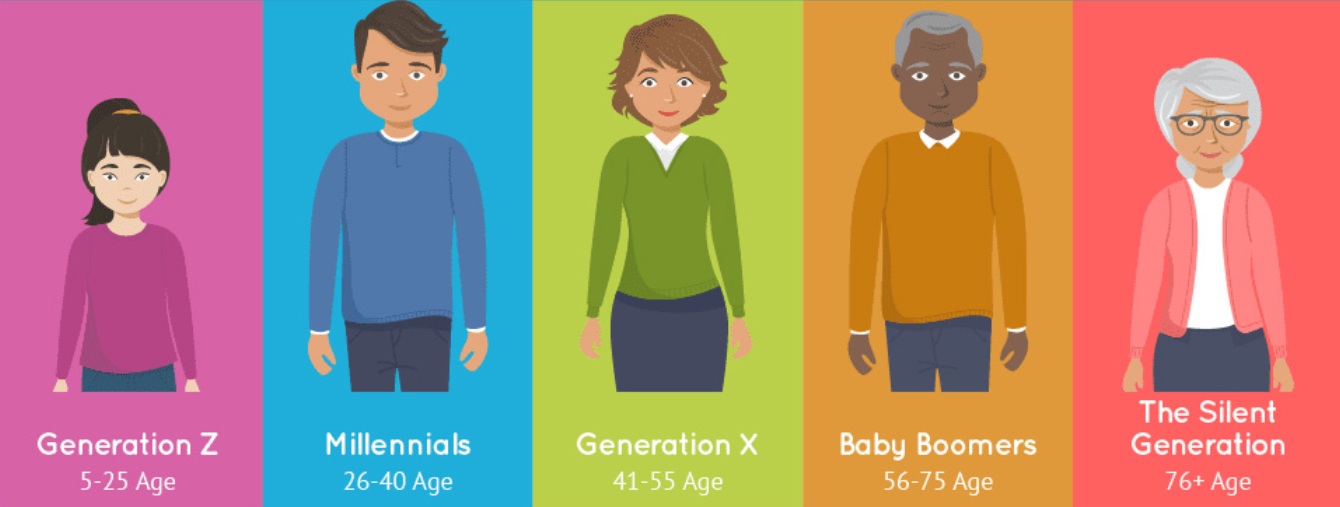Preppy skincare and the evolution of Ohio slang: Generational shifts in Our Best Life
The intriguing blend of preppy skincare and the evolution of Ohio slang serves as a sublime representation of the generational shifts in Our Best Life. Preppy skincare, once associated with the elite and exclusive, has grown broader and more inclusive over the years. The focus has evolved from mere vanity to an emphasis on self-care and well-being. This paradigm shift mirrors our ever-changing society, where the lines of class and status are being blurred day by day. The evolution of skincare and beauty regimes has transformed from luxury to necessity, highlighting the significance of health and wellness in today’s fast-paced lifestyle.
Simultaneously, the evolution of Ohio slang reflects the dynamic cultural shifts, where language and communication styles are continually adapting to the changing societal norms. Ohio, a state with a rich cultural heritage and diverse population, has seen its slang morph over generations, reflecting the unique blend of cultures and experiences of its people. The evolution and adaptation of language mirror the continuous change that our society undergoes, its resilience, and the capacity to embrace diversity and inclusivity. The intersection of these two seemingly disparate elements – preppy skincare and Ohio slang, is a testament to the ever-evolving nature of our best life.
From the carefully curated skincare routines that emphasize the importance of self-care and well-being to the colloquial language that binds communities and generations together, the generational shifts in our best life encompass more than just the surface-level changes. They echo the evolving societal trends, the embrace of diversity, and the shift towards a more inclusive and aware society. With each passing generation, we become more attuned to our needs and the needs of others around us, cultivating a culture that promotes well-being, community, and respect for diversity.
As we journey through the ebb and flow of time, it is fascinating to observe how seemingly trivial aspects of our lives like skincare and language have undergone significant transformations. They have become an integral part of our identity and our lifestyle, influencing and being influenced by the societal changes around us. In essence, the evolution of preppy skincare and Ohio slang symbolizes the generational shifts in our best life – a life that is continuously adapting, evolving, and striving for inclusivity and well-being.
The beauty of these shifts lies in their subtlety, their ability to seamlessly weave into the fabric of our lives. They might not immediately grab our attention, but they are there, shaping our experiences, influencing our perceptions, and subtly guiding our actions. They are a mirror to the society we live in, a testament to our capacity to change, adapt, and grow. As we continue to evolve, let us hope that these generational shifts in our best life continue to mirror the best of what we are and aspire to be.

Exploring Trends in Preppy Skincare
The world of preppy skincare is constantly evolving, with new trends emerging frequently. Recently, the focus has shifted towards natural, eco-friendly, and sustainable products. Ingredients like organic aloe vera, green tea extracts, and vitamin E are becoming increasingly popular due to their inherent skin-nourishing properties. In addition, many brands are embracing cruelty-free practices, ensuring their products are not tested on animals. Packaging is another area where change is evident. Companies are moving away from traditional plastic containers to more environmentally conscious alternatives such as glass jars and recyclable materials. Simultaneously, minimalistic packaging design has gained prominence, reflecting the preppy lifestyle’s understated elegance. Furthermore, skincare routines have become more elaborate, moving beyond the basic cleanse-tone-moisturize routine. The addition of steps like serum application, exfoliation, and masking reflects the growing awareness and commitment towards skin health among consumers.
Personalized skincare is another significant trend. Brands are now offering products tailored to individual skin types and concerns, shifting away from one-size-fits-all solutions. Technology is playing a crucial role in this customization, with digital skin analysis tools and online consultations becoming more common. Lastly, the trend of intertwining skincare with overall wellness is on the rise. Brands are highlighting the holistic benefits of their products, promoting routines that not only enhance skin health but also contribute to mental well-being. Hence, the trends in preppy skincare are not just influencing product formulations and packaging, but also shaping consumer attitudes and behaviors towards skincare.
Understanding the Evolution of Ohio Slang
Understanding the evolution of Ohio slang is a fascinating exploration into the linguistic and cultural development of the region. The Buckeye State, as Ohio is fondly referred to, is brimming with unique phrases and words that can perplex outsiders. The regional vernacular is a salient part of Ohio’s identity, reflecting its historical roots and societal changes over time. The dialect, heavily influenced by the Great Lakes region, encompasses a tapestry of influences from various immigrant groups, distinctly Midwestern sensibilities, and the local way of life.
Ohio’s slang has changed over the years, adapting to shifts in trends, cultural dynamics, and the influence of pop culture. A prime example of this is the term “sweeper,” which is used in place of the more universally known “vacuum cleaner.” This linguistic peculiarity can be traced back to the early 20th century when the P.A. Geier Company, one of the first manufacturers of vacuum cleaners, was based in Ohio. Another commonly used term in Ohio slang is “pop” instead of soda, a term used across most parts of the Midwest.
Moreover, Ohio’s rich sports culture has also contributed to its unique slang. Phrases like “O-H-I-O” chanted at Ohio State University games, and “Who Dey” used by Cincinnati Bengals fans, have become iconic elements of Ohio’s linguistic landscape. Additionally, the state’s geographical features have shaped its vocabulary, with terms like “the lake” referring to Lake Erie, which borders northern Ohio.
The evolution of Ohio slang is not just a linguistic journey, but also a historical and cultural one. Each term or phrase carries with it a story, a piece of Ohio’s past, and an insight into the state’s unique identity. By studying the evolution of this regional vernacular, one can gain a deeper understanding of the region’s cultural makeup, its history, and the shared experiences of its inhabitants.

Generational Differences in Lifestyle and Preferences
Generational differences in lifestyle and preferences are notably evident in the various age groups that make up our society. The Baby Boomers, born between 1946 and 1964, have distinct lifestyle preferences from their successors, the Generation X, born between 1965 and 1980. The former is known for valuing hard work, stability, and loyalty, often sticking with one career or job for a long period. In contrast, Generation X is characterized by their adaptability to change and their desire for work-life balance, leaning towards job-hopping to find a perfect fit.
Following Generation X are the Millennials, born between 1981 and 1996, who are renowned for their tech-savvy nature and preference for flexibility and personal growth in their careers. They are the generation that has significantly influenced the evolution of technology, leading to shifts in lifestyle such as the rise of social media, online shopping, and digital communication.
Lastly, there is Generation Z, born from 1997 onwards, whose lifestyle choices are still evolving. However, they’re shaping up to be the most technologically advanced, socially aware, and environmentally conscious generation yet. They prefer digital communication, enjoy online entertainment and gaming, and are more invested in social issues such as climate change and social justice.
In terms of preferences, each generation has its unique tastes. Baby Boomers typically prefer traditional media such as television and print, while Generation X leans towards a mix of traditional and digital media. Millennials and Generation Z, however, are more inclined towards digital media, social networking platforms, and streaming services.
In conclusion, generational differences in lifestyle and preferences are a reflection of the societal, technological, and economic changes that have occurred over the decades. These differences are not just interesting to observe but are also crucial for businesses, marketers, and policymakers in understanding the specific needs, habits, and expectations of each age group.
Adapting to Changing Cultural Norms
Adapting to changing cultural norms can be a complex yet intriguing process. It involves understanding and embracing new practices, beliefs, and values that differ from one’s own cultural background. Societal norms and values are not static; they evolve over time, influenced by various factors such as demographic shifts, technological advancements, and globalization. As societies evolve, so do their cultural norms, and this evolution can challenge the status quo, necessitating both individuals and communities to adjust and adapt.
For instance, the rise of digital technology has revolutionized communication methods, leading to a shift in cultural norms around communication. Where once letters and face-to-face conversations were the norm, now instant messaging, video calls, and social media platforms dominate. This change required individuals to learn new skills and adjust their communication styles.
Similarly, societal attitudes towards gender roles and relationships have also witnessed significant shifts in recent decades. The traditional norms of gender roles have been challenged, leading to a more inclusive understanding of gender and sexuality. This cultural shift has had profound implications, requiring individuals and societies to reassess and redefine their views and practices.
However, adapting to these changing cultural norms is not always straightforward. It can be met with resistance, especially if the new norms clash with deeply ingrained beliefs and values. It requires an open mind, willingness to learn, and respect for diversity. It’s an ongoing process of unlearning, learning, and relearning.
Moreover, adapting to new cultural norms does not mean completely discarding one’s own cultural heritage. Rather, it involves finding a balance between preserving one’s cultural identity and integrating new norms. This delicate balance enables individuals to grow personally and contribute constructively to their multicultural societies.
In conclusion, adapting to changing cultural norms is not only an essential aspect of personal growth but also a key to fostering understanding and harmony in diverse societies. It is a journey that demands patience, empathy, and flexibility. The ability to adapt to cultural changes is a valuable skill in our increasingly globalized world.

Looking Ahead: Future Trends and Influences
As we navigate into the future, various trends and influences are poised to shape our world in unprecedented ways. The advent of artificial intelligence and machine learning, for instance, is set to revolutionize different sectors and industries, from healthcare to agriculture, transportation, and entertainment. This could potentially lead to enhanced productivity, efficiency, and innovation. Meanwhile, climate change and sustainability have become significant influences that are altering how businesses and governments operate. The increasing urgency to address environmental concerns may accelerate the shift towards renewable energy, circular economies, and green technologies. In the realm of social trends, the rise of remote work and digital nomadism could reshape our understanding of work-life balance and transform urban planning. Another future trend is the growing influence of Generation Z. As they come of age, their values and digital savviness are expected to redefine consumer behavior, education, and politics. Furthermore, the future also holds the promise of advancements in space technology, potentially leading to space tourism and colonization.
However, these trends are not without challenges. The ethical implications surrounding AI, the potential job displacement due to automation, and the geopolitical tensions surrounding space exploration are just a few examples. Therefore, it is crucial to not only anticipate these trends but also to think critically about their potential impacts and how to navigate them responsibly. As such, the future is not just about what’s next, but also about how we can shape it in a way that is beneficial for all.
Conclusion: Reflecting on Cultural Evolution in Our Best Life
In conclusion, reflecting on the cultural evolution in our best life prompts a profound understanding of the dynamic interplay of values, beliefs, and practices that shape our existence. This progression is not merely an abstract concept, but a tangible reality that influences every facet of our day-to-day living. It is a testament to our resilience, adaptability, and capacity for growth and innovation.
Cultural evolution showcases the beauty of diversity and the richness of human experience, highlighting the myriad ways we navigate and make sense of the world. It is a testament to our collective journey of continuous learning, understanding, and transformation. This process of cultural evolution empowers us to challenge old paradigms, break free from rigid stereotypes, and forge a path towards a more inclusive, equitable, and harmonious society. It enhances our capacity to engage in meaningful dialogue, deepen our empathy for others, and build bridges across cultural divides. As we reflect on this evolution, it’s vital that we acknowledge the lessons learned, honor the wisdom gained, and appreciate the strides we have made in creating a society that respects and celebrates diversity.
Yet, we must also recognize the work that remains to be done. Cultural evolution is an ongoing process, a journey that demands our constant vigilance, active participation, and unwavering commitment. By embracing this evolutionary process, we can aspire to lead our best lives, enriched by the depth and breadth of our shared human experience. In the grand tapestry of human history, every thread of cultural evolution contributes to the vibrant, intricate, and ever-evolving design that is our shared human story.
